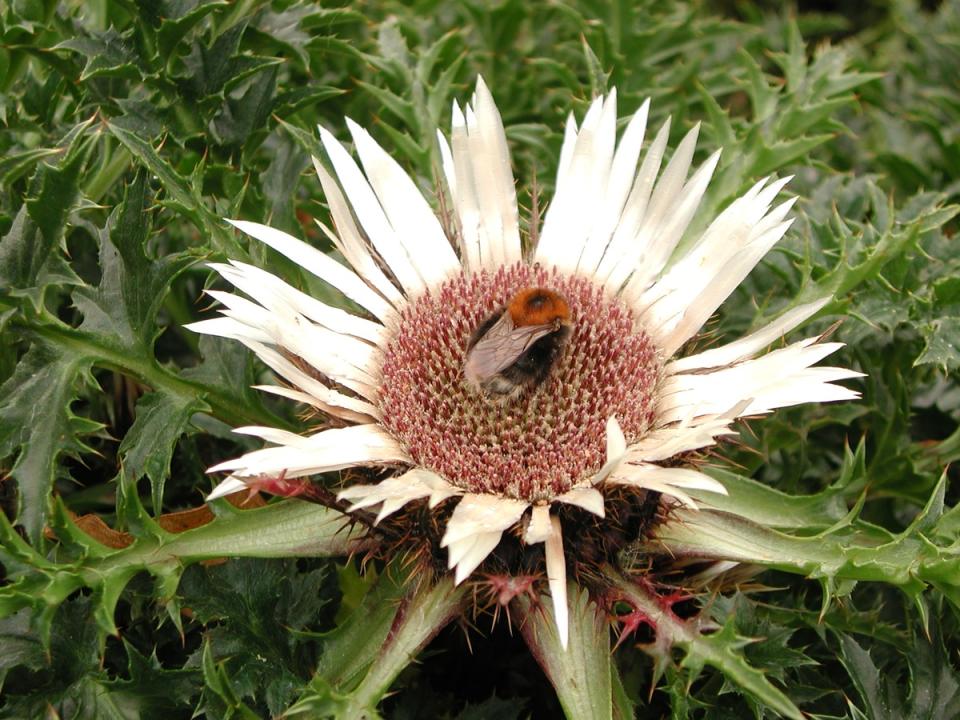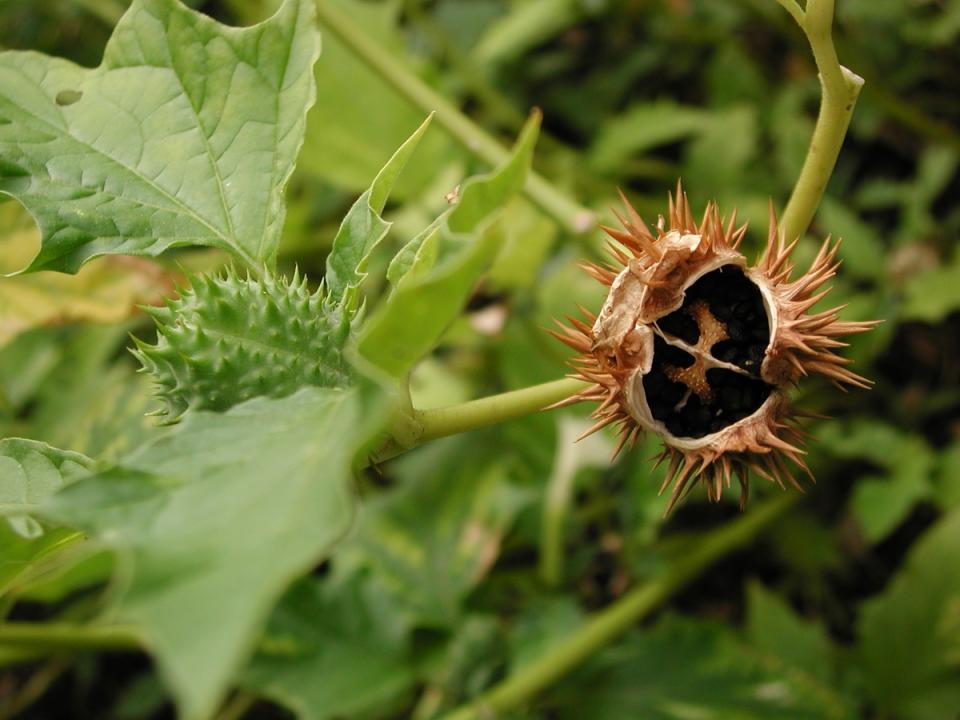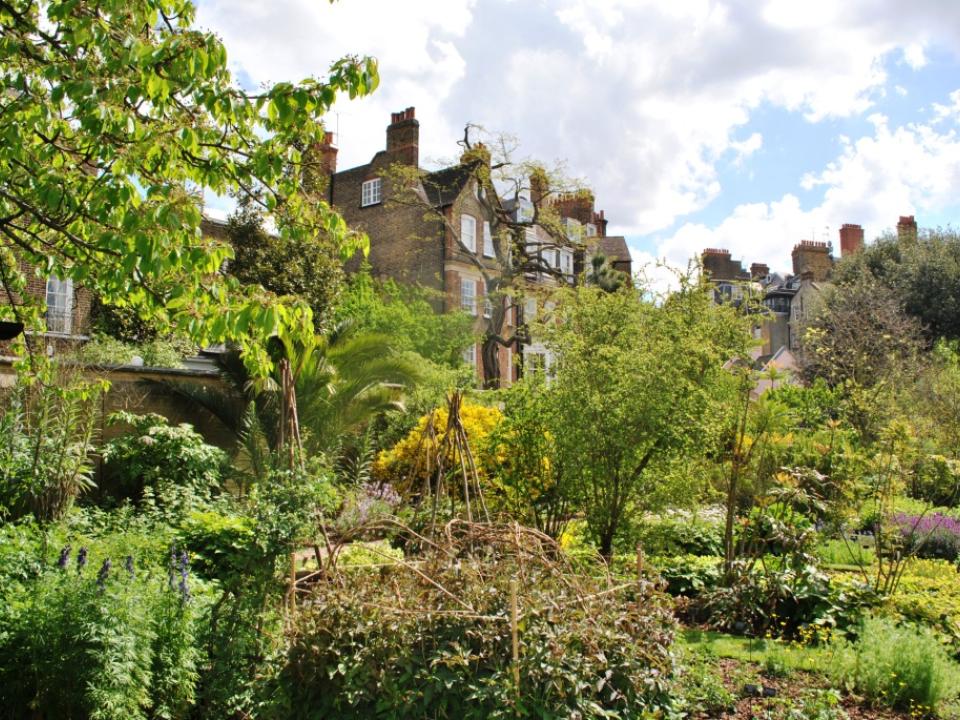Plant collections
Thanks to the warm microclimate – created by the sheltering walls, river and the Garden’s south-facing aspect – plants from sunnier climes, such as the Mediterranean and Canary Islands, thrive in the Garden. And it’s this diversity of world species that makes the Chelsea Physic Garden one of the most exciting destinations for the budding botanist.
Natural remedies
If you’re interested in the link between plants and medicine, head to the Pharmaceutical Garden – a display of plants with proven medicinal benefits.
The beds are arranged according to the use of the drug derived from the plants. The collection includes Madagascar Periwinkle, used in anti-cancer drugs, Meadowsweet, the plant from which salicylic acid was first made in 1835, leading to the introduction of aspirin in 1899, and Barley, which led to the synthesis of lignocaine, which is universally used as a local anaesthetic.
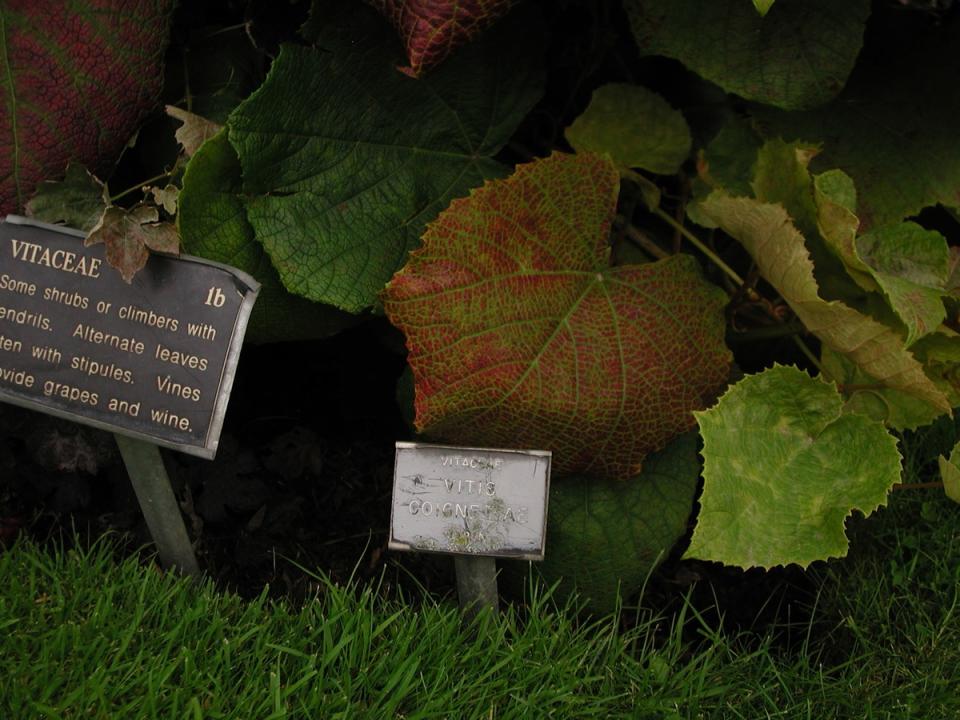
Mankind and Mother Nature
Take a stroll around the Garden of Edible and Useful Plants. Created in 2012, this fascinating space displays an extraordinary range of plant species on which man depends – from forest fruits and land restoration plants, to plants used for science, hygiene and the arts. Check out the compact vineyard and living amphitheatre – or stand on the stone pier to view Robert Fortune’s tank pond.
Into the woods
The most recent addition to the Garden, completed in April 2015, is the World Woodland Garden, divided into three sections – North American woodlands, plants from Europe and species from Southeast Asia. Wander along the serpentine path and explore trees, shrubs, perennials, annuals and bulbs. In winter, watch 15 wild species of Galanthus (snowdrops) transform the floor into a carpet of white.
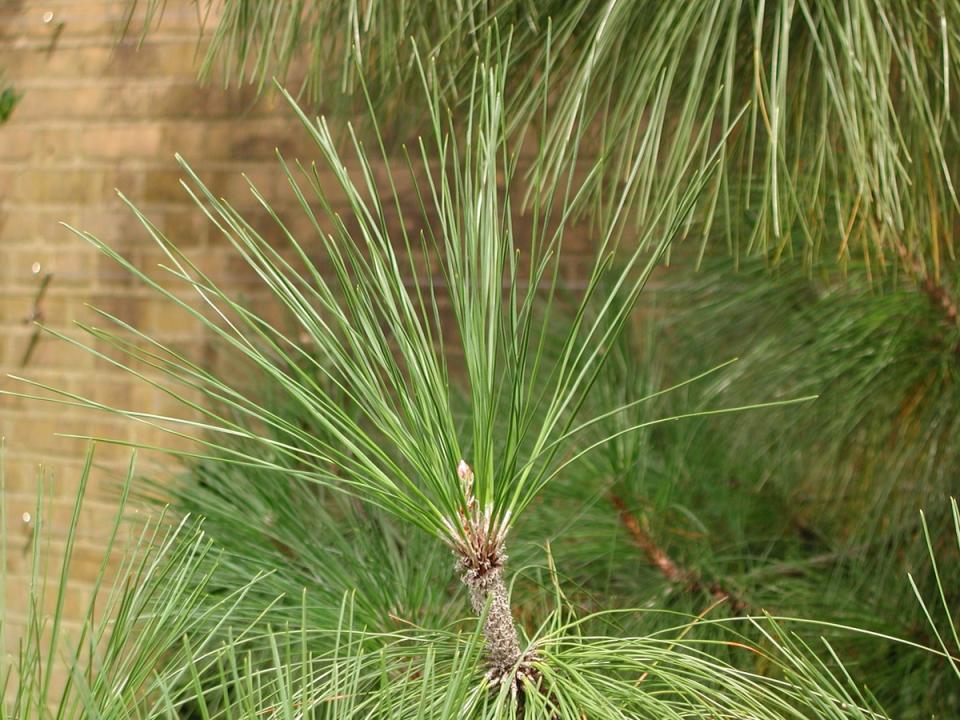
Get involved
There is more to do than simply meandering among the plants – though that in itself is worth the trip. Choose from a host of family activities if you have little ones in tow – from crafts and safaris to chocolate making! Or if you’re keen to expand your own education, book yourself onto one of the many expert-led walks, talks and workshops on offer. Take a behind-the-scenes tour, learn about the evolution of flowers or enjoy an after-hours adventure, exploring the peace and tranquillity of the Garden at dusk.
For more information visit the Chelsea Physic Garden website.

